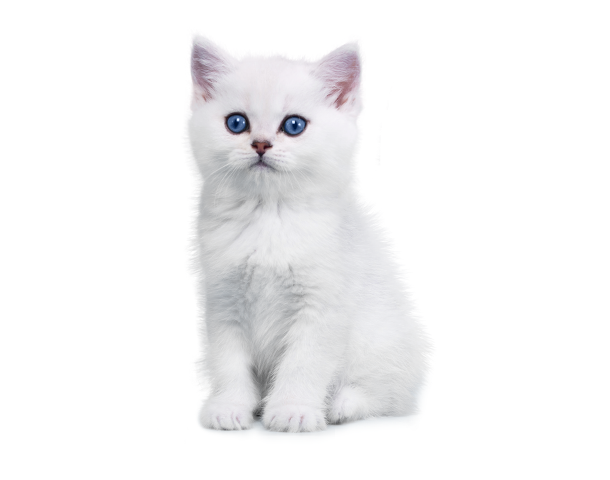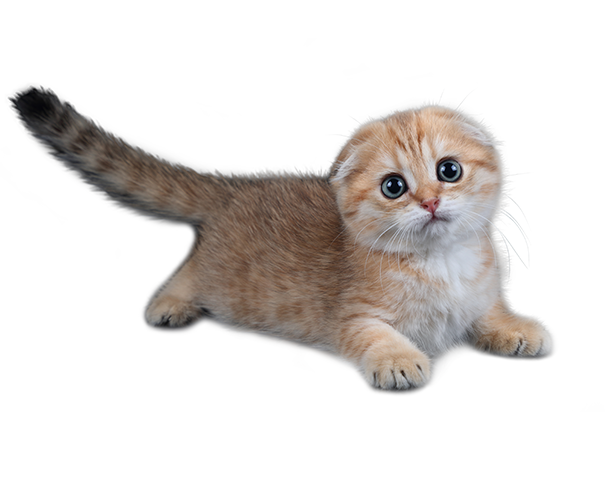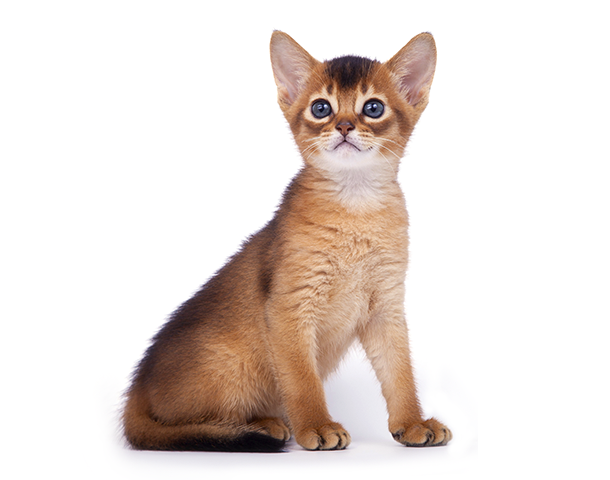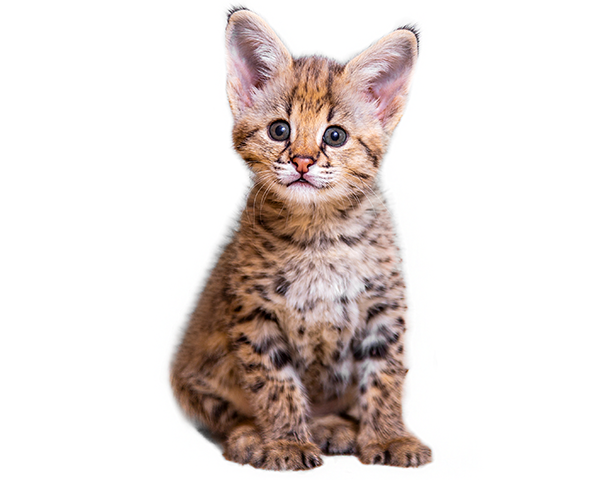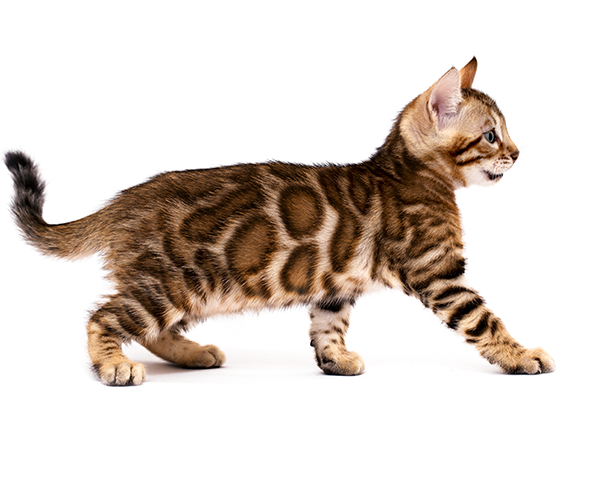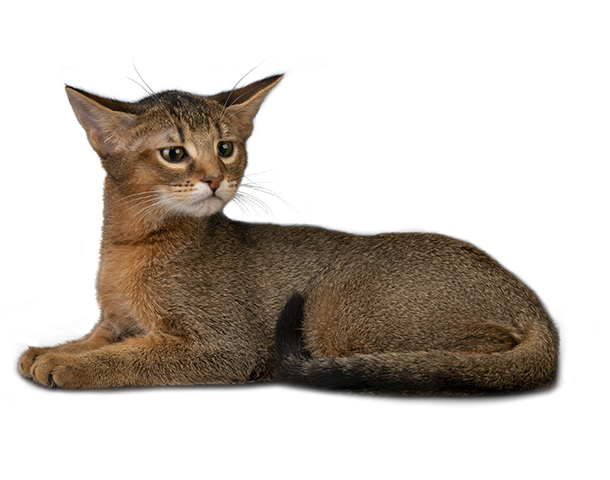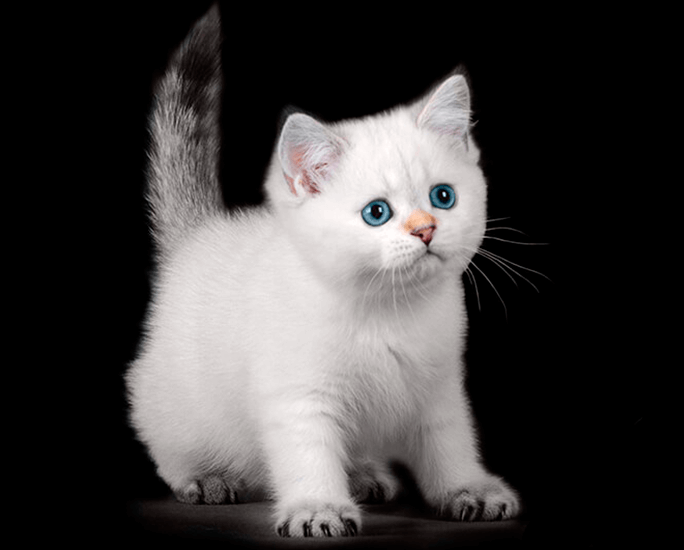The nature of the Bengal cat
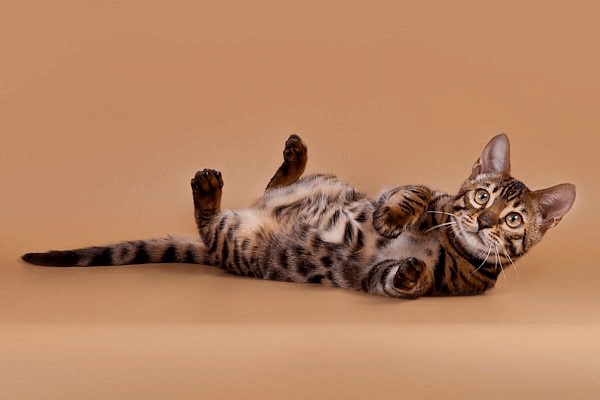
Little Bengals, in order for them to grow up kind and «homely», need to be taught to handle hands from childhood – to pay attention to them, communicate and caress. And that’s it. It just so happened that their ancestors are still wild animals, so without constant contact with humans, kittens run wild. Although this problem was still relevant at the stage of formation of the breed, and the aggression of Bengals, which is much warned by the same standards, is greatly exaggerated. Even if we talk about wild Asian leopards. The breed took place because they are not aggressive by nature!
In early publications about Bengal cats, they wrote that they were timid and shy. But this is also a fairy tale. And they came up with it in order to prevent skeptics from strangling the process of domestication that had just begun.
The truth is that Asiatic leopards are not quarrelsome. If they have prey in front of them that they cannot handle, they leave. And yet, they quickly get used to a person and do not show deceit, like other representatives of the cat family.
Of course, we must not forget that by nature all cats are hunters and they need «hunting grounds». It is enough if you have a place where a Bengal can play, climb, run, without fear that some antique vase will fall to the floor. These cats feel very comfortable in nature. But it is better to take care that the mischievous, carried away by the pursuit of prey, does not run away at all. To do this, you can build a covered aviary, it is good if it is connected by a manhole to a warm house.
Of course, Bengal cats are mobile and agile, but at the same time very sociable. Therefore, playing and making friends with them is a great pleasure. They are so affectionate that even at the exhibition on the judge’s table they will lie and stretch – just stroke them.
And they are brave and courageous. They will fight with other cats for a place under the sun until complete victory. They get along well with other animals, such as dogs. Most likely, they will also make friends with other cats, but they will try to lead.
In nature, representatives of the species Felis bengalensis, like many wild cats, are loners. But domestic Bengals perfectly exist in the pride – an adult cat and several cats. They can raise kittens together. But when the males grow up, the father cat will suspect rivals in them and will begin to prove his priority by force. The same applies to the habit of marking the territory, and if the smell left does not stop the competitor, he will be unhappy.
It is interesting that the Bengals and the fight are started in a special way. The Bengal cat knows how to track down the victim, it is a hunter. He freezes, squinting his eyes, waits for a moment, and then attacks with lightning speed from behind and from the side, clinging to the neck, like a cheetah to an antelope.
The fact that Bengal cats love water is also not fiction. Even a bath with a shower will do if there is no pool nearby. It’s nice to walk on the grass on a leash. In general, Bengal cats in general sometimes resemble cute dogs in their behavior, and a puppy harness does not bother them like many others.
Here they are, these little robbers – smart, cunning, funny, funny, gentle and affectionate.
Features of the development and care of Bengal cats
Domestic Bengals are treated like any other cat. They also vaccinate and feed the same. The basis of nutrition is meat, raw and boiled. You can give cottage cheese, egg yolks (1 – 2 times a week). If necessary, then vitamins, especially for kittens. Those who use dry food should prefer professional products. You can also give canned food. In general, everything is as usual.
The same goes for toilet fillers. Bengals like to dig in the “sand”, so there are no problems with potty training.
Bengal kittens are usually viable, mobile. Therefore, they begin to crawl out of the nest a little earlier than their peers. Newborn babies look like speckled yellow chickens. At about 4 to 6 weeks, the color ticks and begins to «smear». The fur becomes longer. This age corresponds to the time when, in nature, kittens begin to explore the surroundings and must disguise themselves from other predators, merging with the surrounding landscape. But as they grow older, they become prettier and acquire their real appearance by the year.

